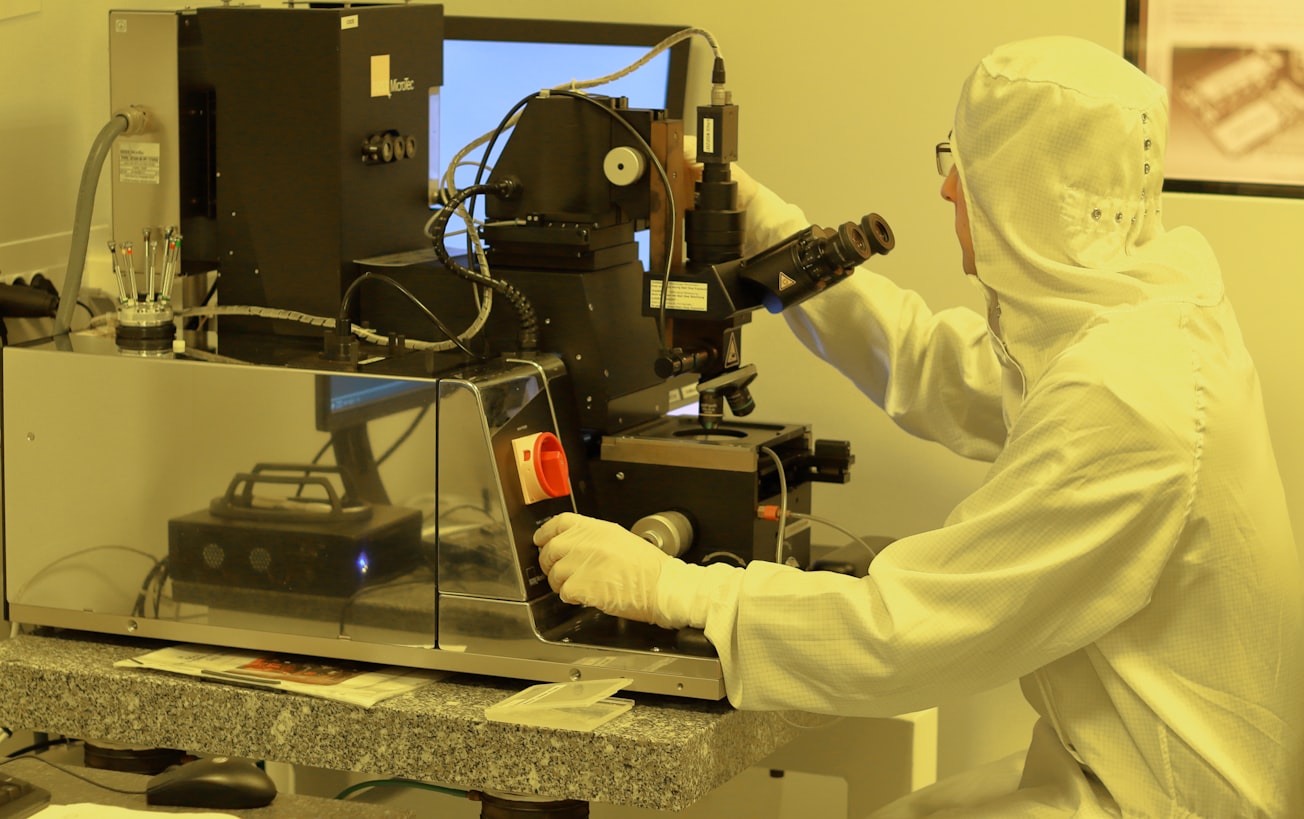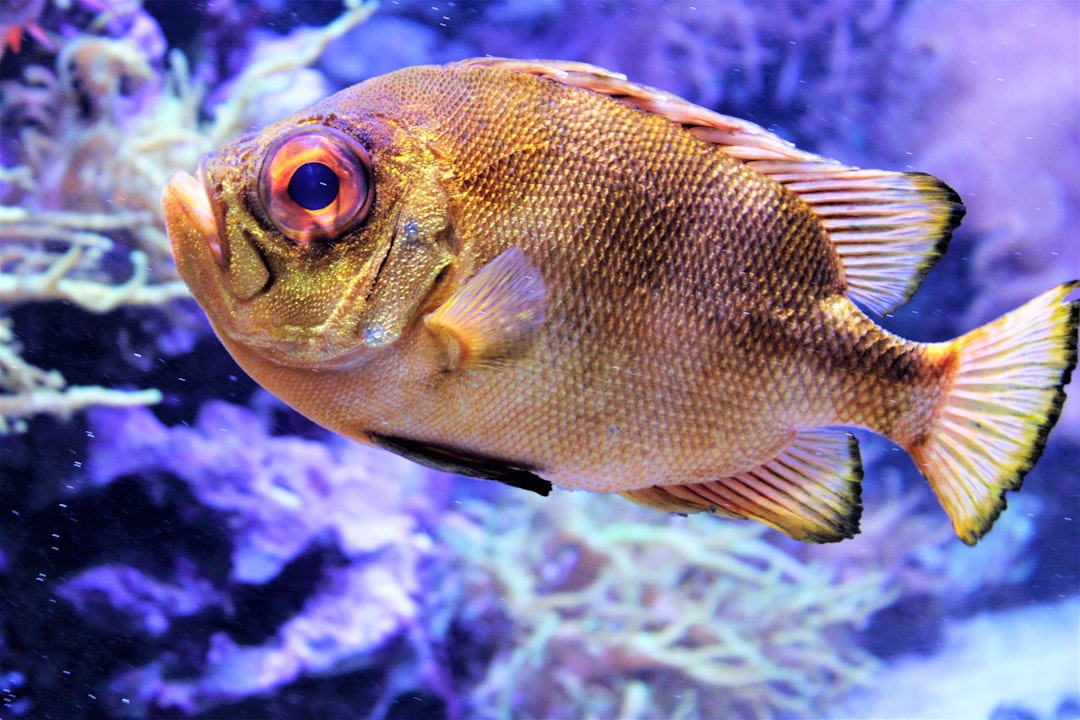What is it about?
We for the first time report the photocatalytic activity of ferroelectric CuInP2S6 for photochemical deposition of silver nanostructures. The shape and spatial distribution of silver nanostructures on CuInP2S6 can be tuned by controlling the layer thickness and temperature, which can be well explained via spontaneous polarization and switchable phase transition. Silver nanostructure/CuInP2S6 heterostructures prepared by photodeposition exhibit excellent resistance switching behavior and good surface enhancement Raman Scattering activity. Our work paves the way for the development of highly tunable and reusable photocatalysts based on ultrathin ferroelectrics, and points to a new material strategy for nanoelectronic and nanophotonic device design.
Featured Image

Photo by L N on Unsplash
Why is it important?
Theoretical studies have shown that layered CuInP2S6 is suitable for photocatalysis, owning to its ultrathin layer thickness, strong interlayer coupling, and intrinsic spontaneous polarization. However, experimental research on how to control its photocatalytic activity has not been reported so far. Our work not only paves the way for the development of highly tunable and reusable photocatalysts based on ultrathin 2D ferroelectrics, but also points to a new material strategy for advanced functional device design and applications such as smart memristors and enhanced chemical sensors.
Perspectives
I hope this article could be useful for guiding the researcher in exploring new applications of CIPS, especially in chemical fabrications and sensors.
Dawei Li
Dalian University of Technology
Read the Original
This page is a summary of: Tunable photochemical deposition of silver nanostructures on layered ferroelectric CuInP2S6, Journal of Applied Physics, July 2022, American Institute of Physics,
DOI: 10.1063/5.0098647.
You can read the full text:
Contributors
The following have contributed to this page










